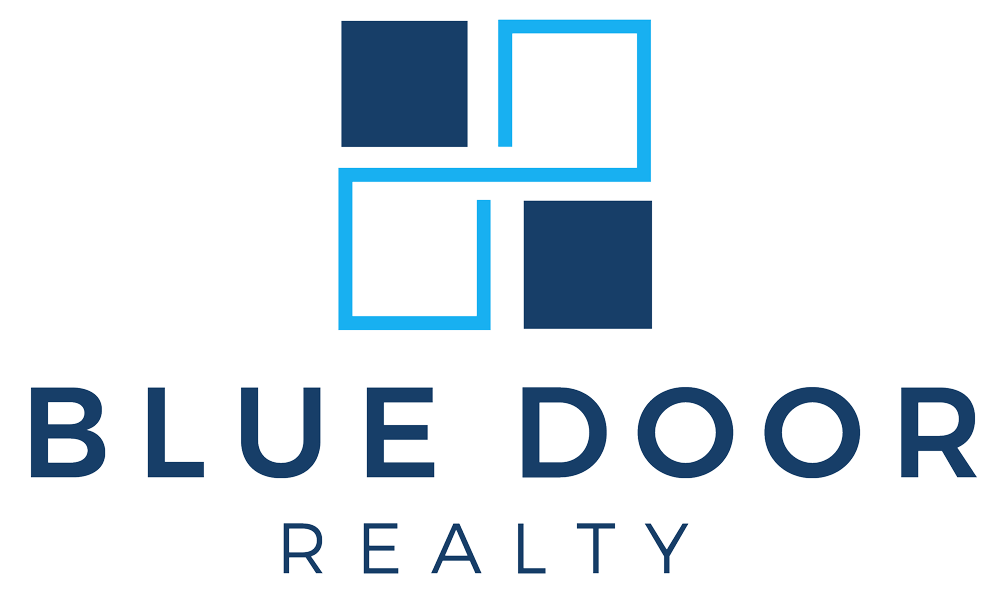Once you’ve attracted a positive tenant to your advertised rental property, you want to come to a lease agreement. Verbal agreements are easy to make but can be hard to execute.
With your rental business, it’s even more essential to create a clear written leasing agreement where you and the tenant can affix your signature to indicate an understanding and acceptance of the terms and conditions stated on the document.
The lease outlines the duties of both the landlord and tenant. It also contains the property policies and present clauses and disclosures. A solid lease can be a reference guide to specific procedures when certain situations occur. It can inform the renters about the different rental payment channels and the right process to make a property maintenance request.
Ways to Create a Leasing Agreement
Several routes are available to craft a lease. You can make one, seek the assistance of a property manager or simply copy from an online template. First-time landlords may take long to draft a lease especially when knowledge on State laws and local regulations are inadequate.

Engaging the services of a property manager can save you time from studying the property laws and reduce costly mistakes. Although some may opt to source out from a template, the leasing terms are often generic. This makes hiring a property manager more favorable since they are experienced and can easily design a clear and solid leasing agreement for you.
The Need for a Lease
When you own a rental unit, it’s a business that requires rules and policies to be set. Doing what you want anytime can leave renters confused or increase conflicts. With a solid lease, you can save a ton of time. Your renters can simply go through the leasing contract to find the important information they’re looking for.
A clear lease agreement helps you not have to keep answering the same questions from tenants over and over again. It also makes your rules easier to follow given the outlined terms. If you depend on oral agreements, people can always deny and feign misunderstanding. Room for misinterpretations is wide. If you need to go to court, your written lease can protect you.
A leasing agreement can be an excellent reference to manage conflicts between the landlord and renter. With no solid lease on your hands, it can be difficult to prove your word so it’s vital to obtain a signed lease agreement to reduce tension that can lead to lawsuits.
Basic Terms Included In Leases
Though leasing agreements can differ through clauses, the essential items remain the same.

Here are important terms that must be present in your contract:
Names of the parties to the contract and the rental unit’s name and address
The full and real names of the property owner and renter must be written down in the lease, including the rental property name. The address of the rental must also be included in full and specific form, even the door number should the property be part of an apartment or multi-family unit.
Rent due date
To prevent confusion, spell out the full date of payment in your lease agreement. Month, day and year must be specified so the tenants are not mistaken as to when payments are expected.
Rent amount
Similar to the due date, the rent fee must also be spelled out in both figures and words. Should there be extra charges such as pet deposits, this must be written down separately from the rent amount.
Rental duration
The rental period must be mentioned in full. For example, if the rental term is one year, include the start date and end date such as June 1, 2022 to May 31, 2023. If you make it generic such as one year then the renters can overextend their stay since this can be a vague term.

As much as possible, make everything clear and specific to avoid dealing with problems. Good tenants should not cause you any problems, and a clear lease agreement helps ensure good tenants do not make mistakes.
Signatures of all parties
Signing the lease indicates full agreement and understanding of the contract terms and conditions for the parties involved. This is the reason it’s necessary to affix your signature. Make sure to write down the date beside the signature as well.
Important Clauses and Policies to Include in Your Lease
Leasing agreement will contain a variety of policies, with respect to the landlord’s wishes. However, there are also normal clauses that follow State laws.
Here are some clauses to keep in mind when it comes to your leasing agreement.
Subletting
Knowing who is staying in your rental property is important. Some tenants will desire a subletting policy in the lease agreement. This means they would be allowed to accept other renters in the unit in order to help them make payments. If this is acceptable to you, it should be included in the written lease agreement, as well as sent to you as a written request beforehand.
Property access
Quiet enjoyment is an implied covenant so tenants must be provided with this. To protect this right, landlords need to outline the instances or conditions when they can enter the rental home. The landlord is allowed to enter the unit for a variety of reasons, these include but are not limited to: renovations, repairs and checking the status of the unit.

If not, the State law must be followed when it comes to providing a notice period. With no notice set, you must be guided by reasonable hours.
Tenant obligations
Landlords have a duty to keep their rental units livable for the renters, as mandated by State laws. In the same manner, renters must also do their reasonable share of property maintenance by ensuring that the trash is properly emptied and honoring the other renters’ right to peace and quiet.
Breaking of leases
Tenants can’t be prevented from breaking a lease under a specific set of circumstances. You can’t force tenants to stay when they’re on active military duty, experience domestic violence or want to avoid landlord harassment. Should you offer flexibility for early breaking of leases due to a job relocation, you should include this in your leasing agreement.
Security deposit
State laws oblige landlords to share information to the renters when it comes to the handling of the security deposits. It must be revealed where it’s kept and if it’s stored under an interest-bearing account. To manage expectations and reduce disputes, you must also include the security deposit refund process in your leasing agreement.
Importance of Disclosures in the Lease
Under the law, landlords are expected to divulge particular information to the tenants such as flood zone, bed bugs, radon and lead-based paint for health reasons and safety.
